Oppression is present throughout the world. Its occurrence might be more openly admitted in the developing world- extreme poverty, destitution, lack of resources, high prevalence of disease and premature death, but human struggle in the worst forms takes place in every crevice of our lives. Apply a little effort and you will uncover someone being exploited for sex, forced to work in horrid conditions for little or no pay, or coerced into something that turns out to be anything but the anticipated, placing them in unimaginable positions.
10x10 is a social action campaign aiming to shine a light on how valuable women are to an economy:
“Research consistently proves that educating and empowering girls breaks the cycle of generational poverty. When girls receive 7 years of school, they marry 4 years later and have 2.2 fewer children. When 10% more of its girls go to school, a country’s GDP increases an average of 3%. When female farmers are educated, crop yields rise. Educated mothers are 50% more likely to immunize their children. And when more girls are educated, a country’s malnutrition and HIV rates decline. $1 in the hands of a woman is, on average, worth $10 in the hands of a man. When women take leadership roles in their community, corruption diminishes. When women are educated and empowered, democracy is more likely to flourish and the conditions that promote extremism are reduced.”
I have personal experiences with women I have been fortunate to meet when traveling crusading in this position. Even though they break free of the criticism, separate themself from the mold of subservient being, empowerment continues to take its toll. Women who run a business are often taken advantage of. Though there are a growing number of organizations and resources available, women in these positions, women trying to live a fulfilling life according to their notion of happiness continue to be stigmatized by their own culture.
There is a disillusionment that the poor are not credit worthy. In 1983, Muhammad Yunnus, an American trained economist had a counter idea. In a small Bangladeshi village, he proposed that the poor are creditworthy given a system flexible enough to adapt to the unpredictability of rural villages in this poor country. Yunnus suggested that not only would these borrowers pay back their loans on time, that the poor “would know, without training, how to maximize the benefits of their micro-loan.” (pp 2-3, The Poor Always Pay Back, 2006) To further make his point, Yunnus insists that, “It is us, the designers of institutions and rules, who keep creating trouble for the borrower.” (pp 6, The Poor Always Pay Back, 2006) Modern money lending institutions are built as profit makers, not life enhancing partners. Strict, almost incomprehensible rules and fine print merely set up a borrower for failure.
Grameen Bank was founded under these principles, and today its model has been replicated by numerous micro-financing institutions. While many are quick to argue against what micro-financing is doing, mainly because it is shifting from providing opportunity to the poor to focusing solely on profits, the Grameen model remains flexible and adapting to the ever changing environment of its borrowers.
A World Bank study conducted between 1991 and 1993 correlates to 10x10’s conclusion that empowering women has a tangible effect:
“A 1% increase in credit to women increases the probability of school enrollment by 1.9% for girls and 2.4% for boys, whereas credit to men only increased by the probability of school enrollment for boys by 2.8%. Credit provided to women also improved the nutritional status of the children. A 10% increase in credit increased arm circumference in girls by 6.3%, with somewhat smaller effect on the arm circumference of boys. In addition, a 10% increase in credit to females was found to increase the height of girls by 0.36 cm annually and of boys by .50 cm. Credit given to men, on the other hand, did not have any effect on the nutritional status of the children regardless of their gender.”
But why is this? Why does a moderate increase in monetary support provided to women increase many facets of her family’s life? The best answer is- priorities. Women, expected to be the caretaker of the family and homestead, value the money that comes in and are dedicated to the betterment of their family. Men tend to utilize money inefficiently- profligating it on alcohol, betting, the purchase of sex and other short lived investments. Women who are given the direct responsibility of micro-loans “increase their bargaining strength in the household, allowing women to gain control of the decision to have children,” among other important uses of money. (pp. 39, The Poor Always Pay Back, 2006)
What we know is that women who are given opportunity are capable of contributing positively to society.
What do you know?
